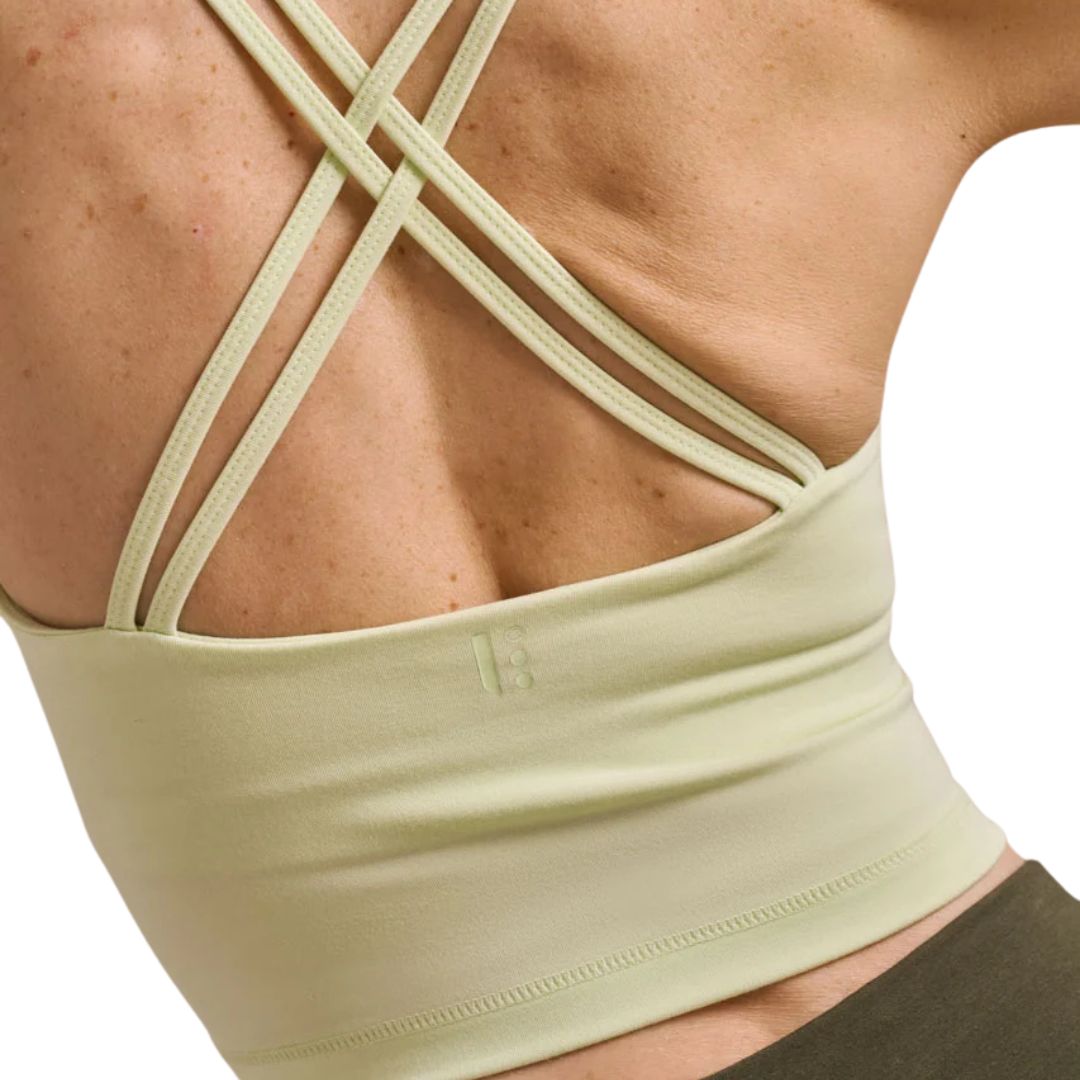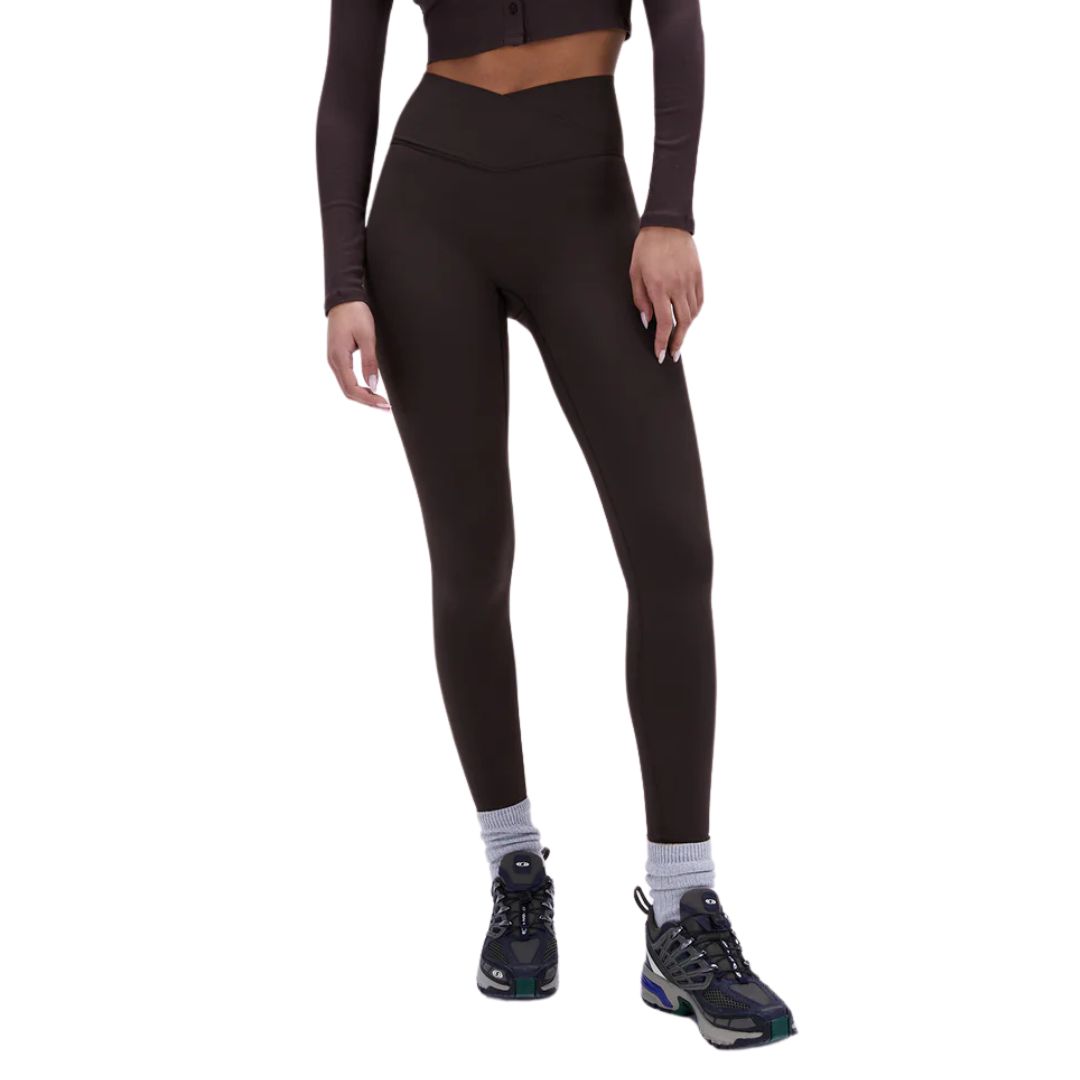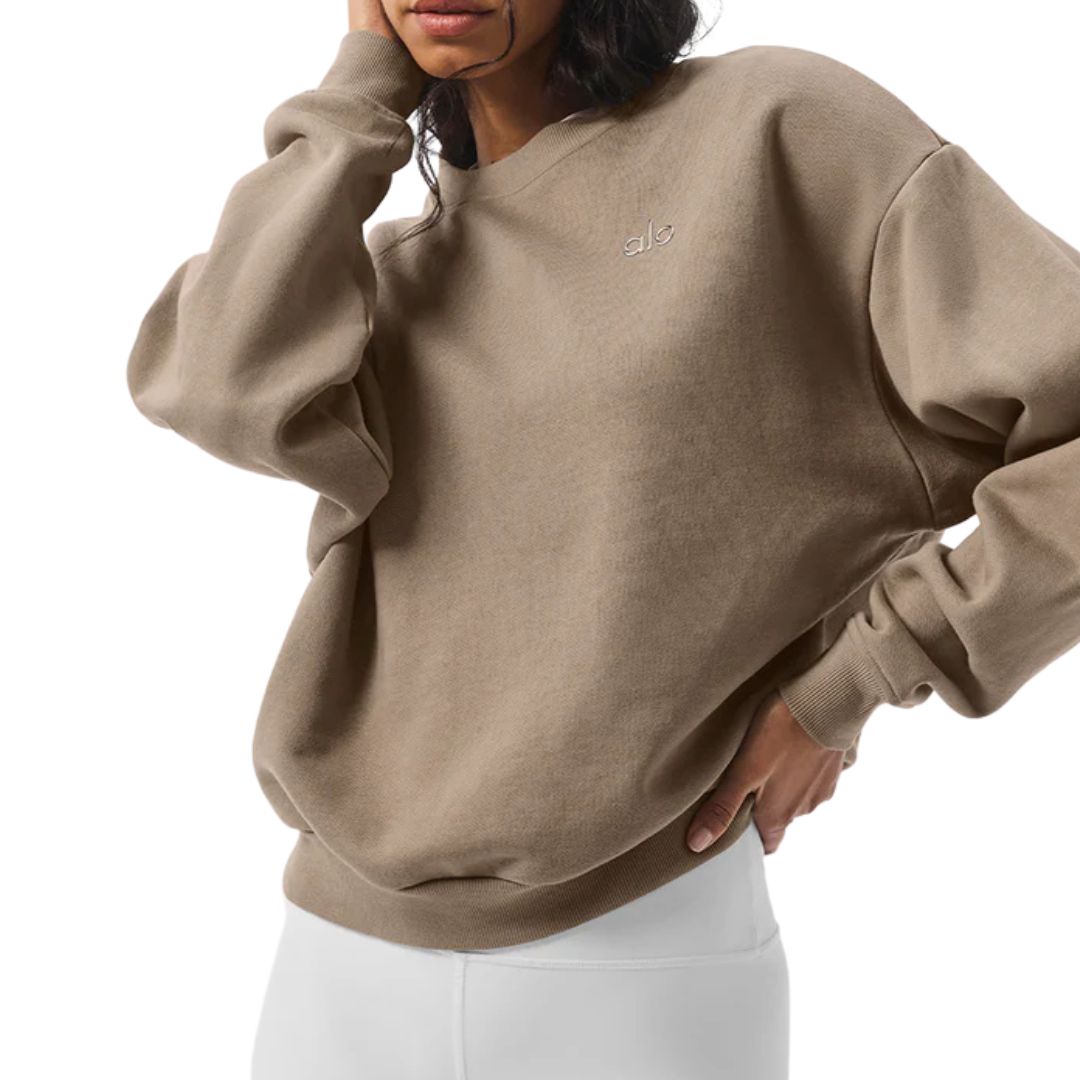
Let's face it - this time of year is busy. Pair the Christmas dinners with Secret Santa's, cold and flu season and end-of-year work rush and, with the best will in the world, you're likely to end up feeling a little run down.
That's where exercise moves to relieve tension come in - a sure-fire way to not only ease stiff and sore muscles, but also boost endorphins and mood. As per the NHS website, "Exercise won't make your stress disappear, but it can reduce some of the emotional intensity that you're feeling, clearing your thoughts and letting you deal with your problems more calmly."
There are plenty of relaxation techniques that'll help boost your overall health at this time of year - think meditation, breathwork, and long, soothing soaks in the bath. And according to Dr Rebekah Wanic, mindset psychologist and self-optimisation expert, all are good for our health, with benefits spanning lower blood pressure, better sleep, decreased muscle tension, and less chronic pain. “By engaging in relaxation techniques, individuals can also gain a better awareness of their own mind-body connection, fostering a sense of peace and balance that can improve resilience against everyday stressors.”
That said, as a Health Editor, I've always found exercise to be the simplest way to ease tension and boost zen. Not sure you've got enough time? The below compound moves are a great option - because not only do they relieve tension, but are simple and quick to do, too.
Keep scrolling as barre3 certified trainer Natalie Bodenhamer shares the moves she swears by. Bookmark these for whenever you feel out of sorts and fancy getting your endorphins pumping with little to no equipment. And don't miss our expert guides to the best mobility exercises and lower back pain exercises, plus what happened when one MC UK staffer tried a posture challenge for a week.
6 best exercise moves to relieve tension during busy periods
1. Bodyweight squats
What? Your basic bodyweight squat - a simple but effective compound move that works your glutes and leg muscles.
Why? "I love a squat," shares Bodenhamer. "This multifunctional move strengthens your leg, hip and core muscles and prepares you for stability in daily life. Squats also mimic the movement pattern of sitting and standing, something you do all day long as you get out of bed, sit down for a meal or sit down to work. Practicing this motion as we perform squats is a great way to keep you strong and injury-free for your daily life."
Celebrity news, beauty, fashion advice, and fascinating features, delivered straight to your inbox!
How to: Step your feet slightly wider than your hips. Bend your knees as you reach your seat down and back. Keep your abdominals braced and your collarbone wide. In a squat, there should be flexion in the ankle, knee and hip joint. In the upper body, you can lean into mobility or hold a set of weights for added load. The possibilities are endless, the trainer explains.
2. Bodyweight reverse lunges
What? You'll likely have tried a lunge before - another compound move that's a great full body workout and simple to do any place, any time. But reverse lunges work different muscles and promise to support your functional fitness.
Why? "Reverse lunges strengthen your entire lower body and hips," shares Bodenhamer. "Strengthening these muscles supports your daily movements, like walking, climbing he stairs, tackling hills, and so on. It’s simple to add load by holding a weight in your hands or move with freedom in your upper body to lean into mobility. PLus, as you transition your foot forward, you're stabilising not just in your lower body, but your entire core, too."
How to: Begin standing tall with your feet planted beneath your hips. Step one leg back bending both knees, then press through your front foot to stand tall. Step the opposite foot back, bending both knees. Alternate feet as you repeat this motion, feeling free to adjust the depth of the lunge and incline of your spine.
3. Walking plank
What? A powerhouse of a bodyweight move that strengthens your core, the walking plank requires you to move from side to side while holding your standard plank position. For more plank content, read our guides to the most effective types of planks, here.
Why? "Trust me - a walking plank is a workhorse," shares Bodenhamer. "It’s multi-functional and beneficial in several ways. It activates your entire core (aka your abs and hips), strengthens your upper body (aka your shoulders and back), mobilises the joints in your shoulders, hips, and wrists and provides length in the backline of your body (aka your spine and legs). Plus, you can hold the plank or spice it up with variations to create more abdominal burn."
How to: Begin standing tall with your feet beneath your hips. Reach your arms above your head, and hinge at your hips while reaching for the floor. Bend your knees to reach your hands to the floor. Walk your hands forward until you find a plank position - palms beneath shoulders, spine neutral, hips level and legs engaged. Walk your hands back towards your feet and push through your feet to stand tall. Repeat as many times as you’d like, holding the plank for a few breaths each time.
4. Knee drives
What? You may not have heard of knee drives, but they're a great exercise for boosting your heart rate and endorphins, shares the coach.
Why? "Knee drives are a great way to elevate your heart rate and work your entire body," explains Bodenhamer. "The quick movement improves muscular endurance, balance, and speed. You can add upper body variations to increase the cardio element as well."
How to: Start in a lunge position with feet parallel and hip distance and one leg reaching back. Stabilise through the front leg as you drive the opposite knee forwards and then return to the lunge position, tapping the back toes down briefly. Keep your hips level and brace your abdominals to maintain a neutral spine. Only move as quickly as you can maintain stability in your grounded ankle and knee, as well as your hips and spine. You can add a variety of arms - runner arms with bent elbows, overhead reach and pull or keep your hands at your hips. Repeat for 30 seconds and then switch legs.
5. Fast feet
What? If you're keen to incorporate some higher impact moves into your routine without the risk of injury, this is a great option. It'll get your heart rate up, blood pumping, and endorphins flowing.
Why? "Fast feet are a low-risk impact move that elevates your heart rate, works your lower body and improves your coordination, too," shares the coach. "It's a safe way to explore impact and notice how speed affects your heart rate and boosts your mood. Plus, it's a tonne of fun - turn up your favourite song and get moving."
How to: Sit back into a wide squat with bent knees, level hips and engaged core. Reach your arms in front of you and press your palms together, feeling your abs ignite and shoulder blades draw down. From that stable place, begin taking lots of small steps, one foot at a time. Stay on the balls of your feet and begin to increase the speed of your steps. Only work as fast as you can maintain stability in the rest of your body.
6. Speed skaters
What? Finally, this plyometric move is a great way to build strength, power and endurance, as well as challenging - and hopefully improving - your balance.
Why? "Last but by no means least, speed skaters are a fantastic way to rev your heart rate while focusing on the lateral movement that you don't generally get much of in daily life," explains Bodenhamer. "They work your lower body (aka your legs and hips), plus recruits your entire core to support balance. There are plenty of upper body variations that can increase the heart rate and mobilise the shoulder joints - think pumping or sweeping the arms forward and back - and opportunities to add load by holding a weight at your chest."
How to: Start in a wide squat stance, with both knees bent and your hips reaching back. Stay low as you step one foot towards the inside of the opposite foot. Once you're in a rhythm, you can adjust the width of your stance and move bigger from side to side. Engage your core by pulling your ribs in and your shoulder blades back. Layer on arm movements that are intuitive to you - pumping or sweeping the same arm as the leg that's moving, or grabbing a set of weights to hold at your chest.
Shop MC UK approved kit now:

Ally is Marie Claire UK's Senior Health and Sustainability Editor, a well-regarded wellness expert, ten-time marathoner, and Boston Qualifying runner.
Utilising her impressive skillset and exceptional quality of writing, she pens investigative, review and first-person pieces that consistently demonstrate flair and originality.
As well as writing, Ally manages a team of freelancers, oversees all commissioning and strategy for her pillars, and spearheads the brand's annual Women in Sport covers, interviewing and shooting the likes of Mary Earps, Millie Bright, and Ilona Maher. Shortlisted for three BSMEs and winning one in 2022, Ally lives and breathes her verticals: her eye for a story and connections within the wellness sphere are unrivalled. Follow Ally on Instagram for more.








